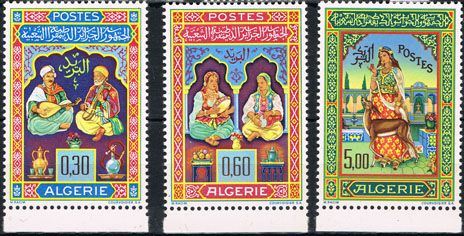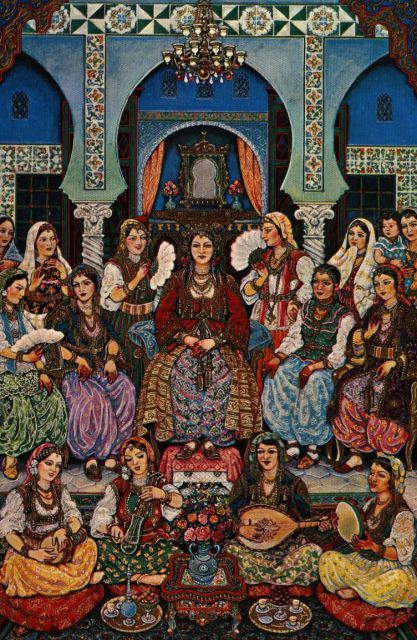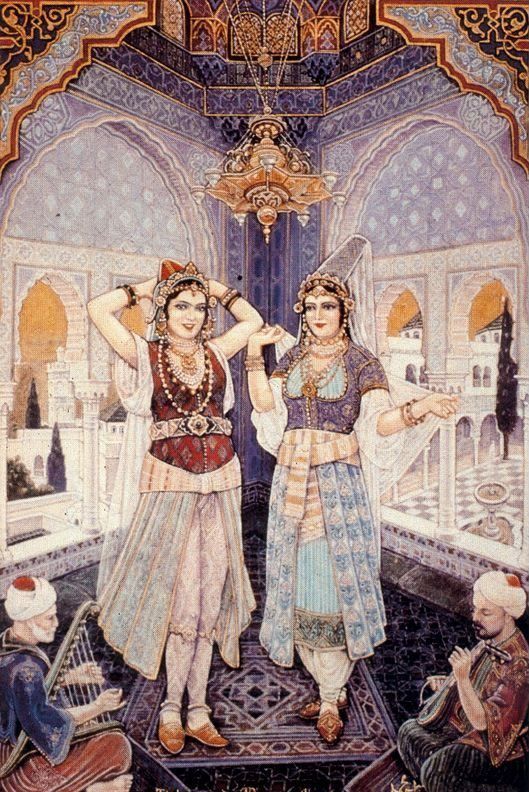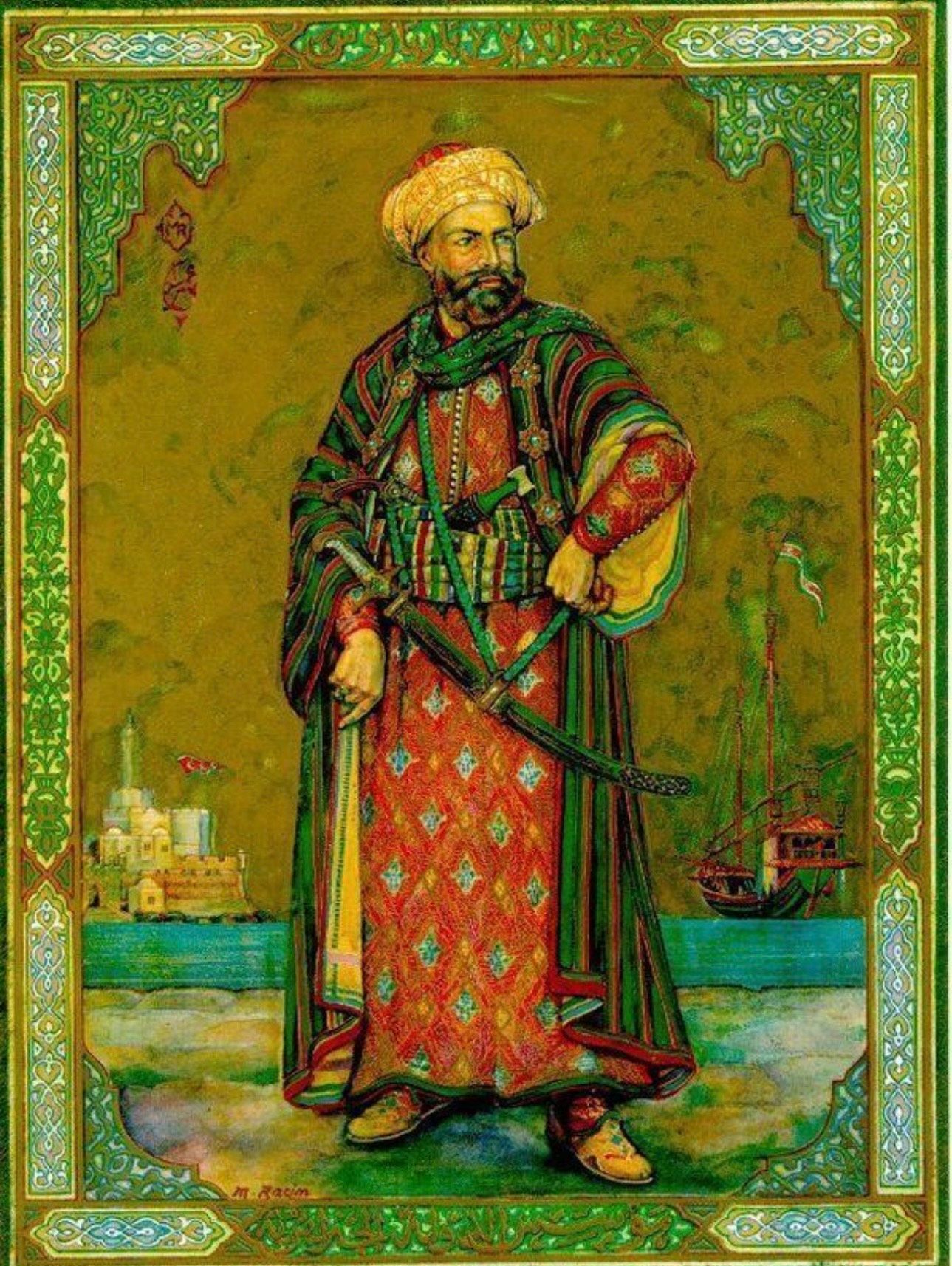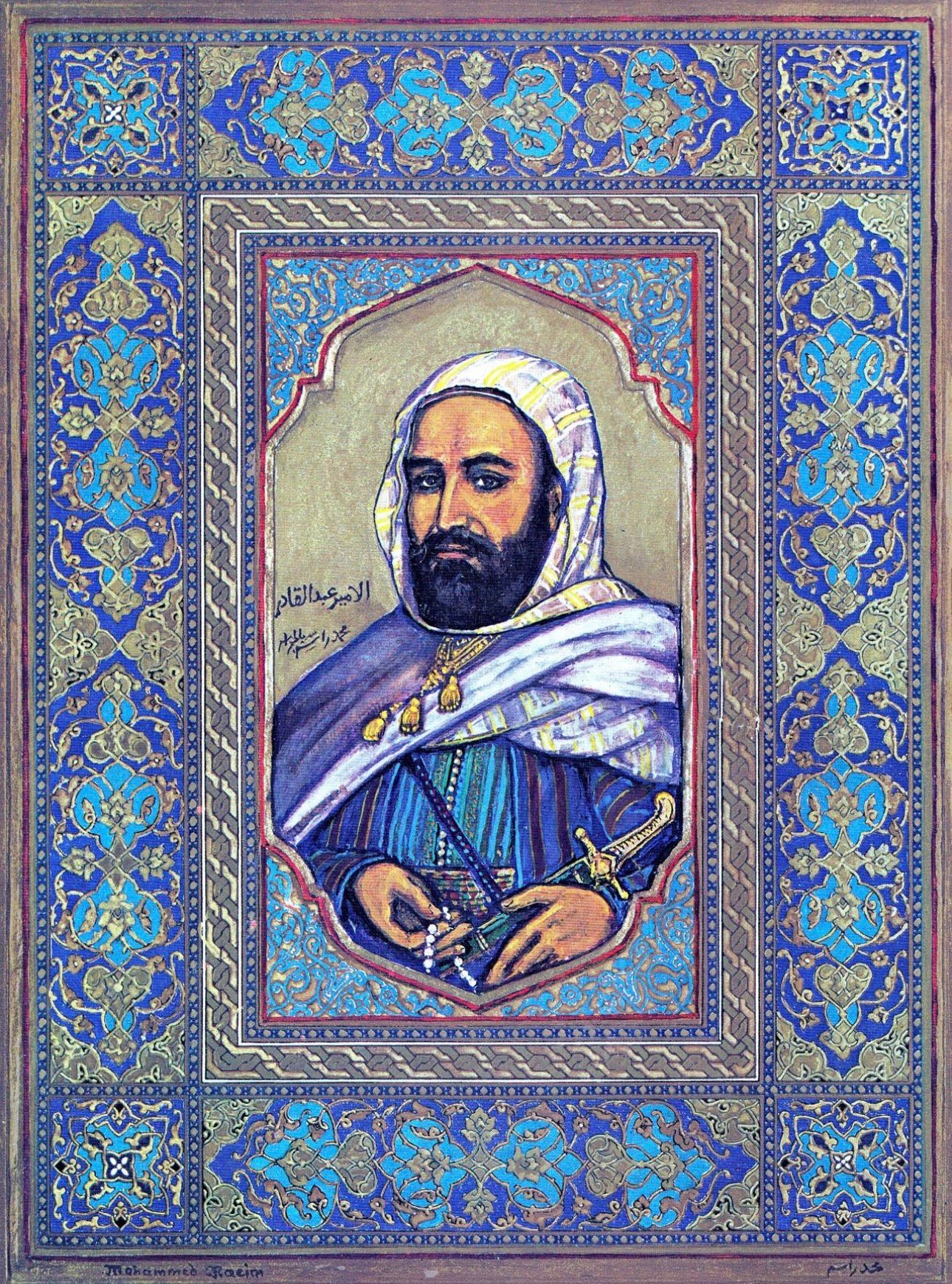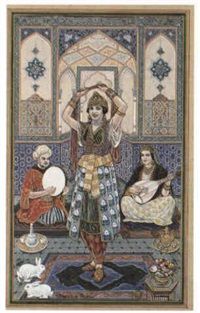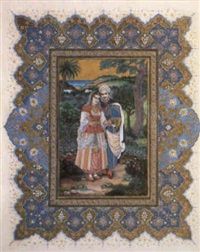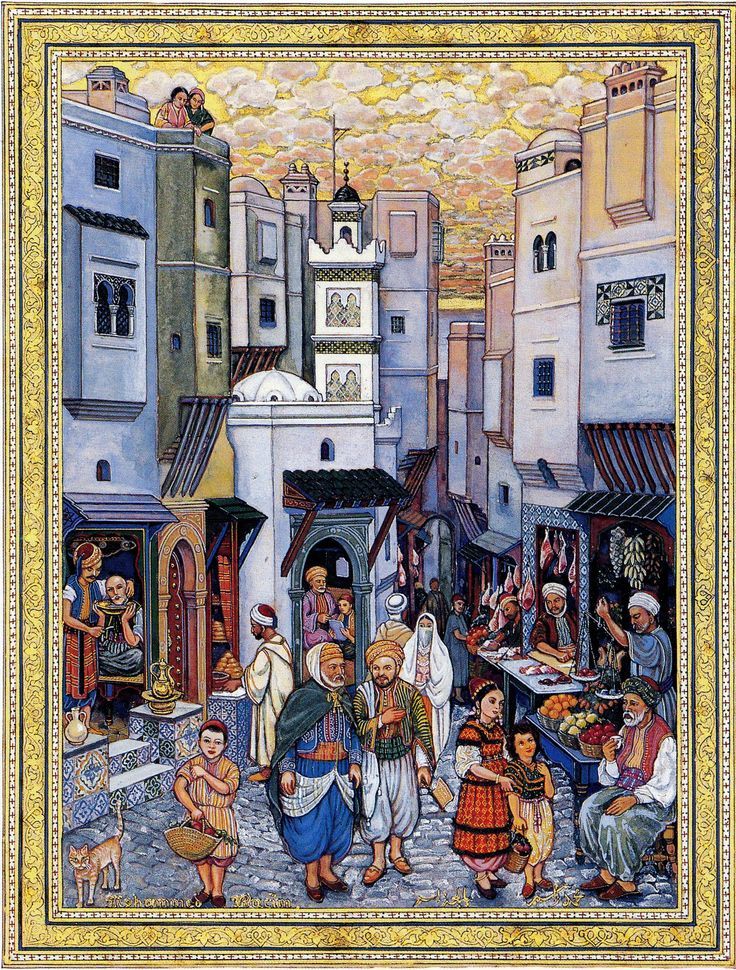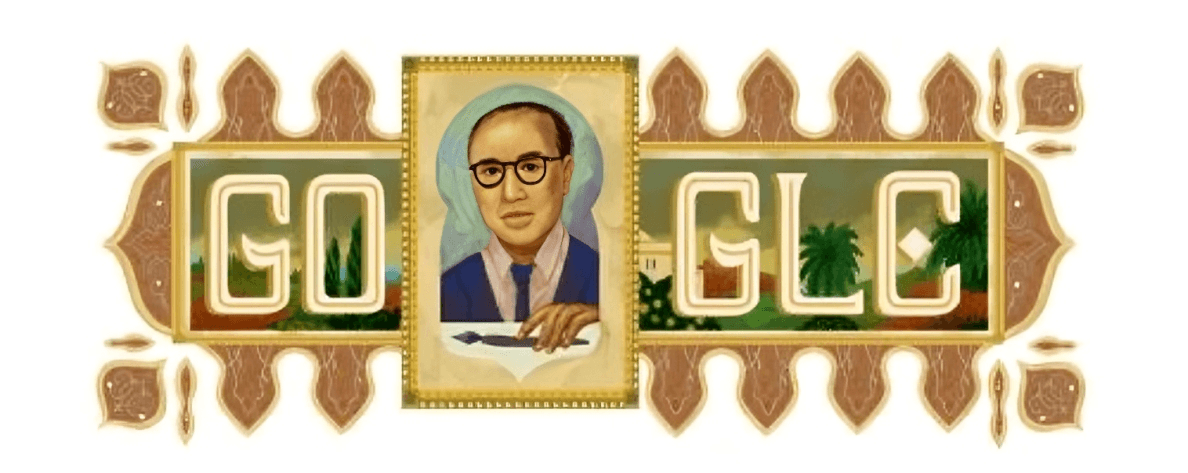Mohammed Racim (1896–1975) was a renowned Algerian artist credited with reviving the country’s miniature painting tradition. Born in Algiers to a family of artisans, Racim’s artistic journey began in his father’s workshop, where he learned wood-carving and copper-working. Influenced by Persian, Mughal, and Andalusian art.
At a time when Algeria's culture faced erasure, Mohammed Racim wielded his brush to preserve the vibrant spirit of algerien heritage-one miniature at a time.
Racim developed a unique style blending traditional arabesque and calligraphy with modern elements.
Racim’s life ended tragically in 1975 when he and his wife were murdered.
However, his legacy lives on through the Algerian School for Miniature Painting, which he co-founded. In 2021, Google honored his contributions with a commemorative Doodle celebrating his 125th birthday.
Inspiring Future Designers
Though, Racim never set out to influence the fashion industry directly, his paintings have inspired generations of designers seeking to revive and reinterpret Algerian traditional fashion.
Racim protect the algerien heritage , by focusing on traditional clothes and details in his artwork. like the painting of El Amir Abdelkader , in which he showed several peaces like bernous and djellaba.
His art serves as a valuable reference for those looking to blend heritage with modern design, keeping the essence of Algerian culture alive .
A Lasting Legacy
While Mohammed Racim’s primary legacy lies in his contribution to miniature painting, his artistic documentation of traditional attire has left an indelible mark on the world of fashion and cultural preservation.
Through his eyes, the beauty of Algerian dress transcends time, continuing to inspire and educate long after his passing.
This image appears to depict a detailed and vibrant traditional market scene, likely representing Algerian culture and daily life from a historical perspective. The style of the painting, the attention to traditional clothing, architecture, and the bustling atmosphere suggest that this could be a work by Mohammed Racim or inspired by his artistic approach.
Mohammed Racim was known for capturing such intricate scenes in his miniature paintings, often portraying Algeria’s cultural richness, including clothing, social customs, and urban life.
Miniature by Mohammed Racim
On June 24, 2021, Google commemorated the 125th birthday of Algerian artist Mohammed Racim with a dedicated Doodle. This illustration celebrated Racim’s significant contributions to reviving and preserving the art of miniature painting in Algeria.
The Doodle was visible across various countries in the Middle East and North Africa, including Algeria, Egypt, and Saudi Arabia, among others.
Racim’s work played a pivotal role in revitalizing Algerian cultural pride, especially during the country’s independence movement. His art, characterized by intricate details and vibrant depictions of Algerian heritage, continues to inspire and educate audiences worldwide.


